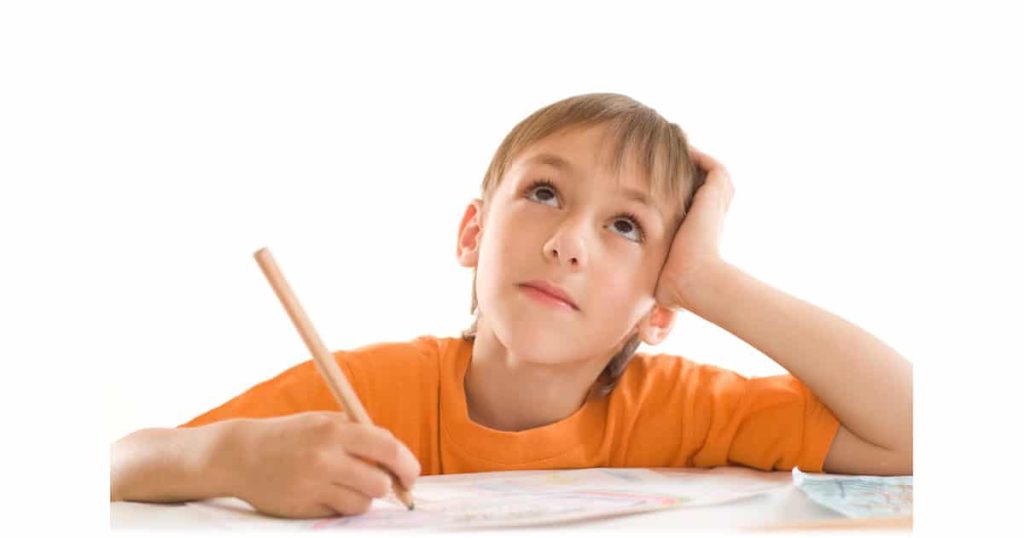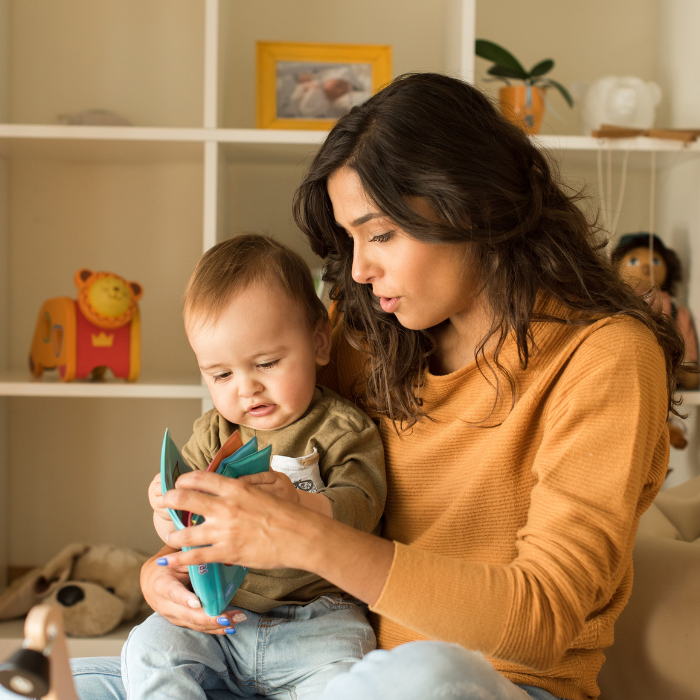
It’s not just getting the answer, it is how you get the answer that’s the key to being a good thinker. Dr John Langrehr explains how by thinking your thoughts aloud, you can help your child learn this important way to solve a problem.
As a child, did you ever wonder why others were better than you at spelling, reading, maths, or some physical skill? After all, they had a body and a brain similar to yours. And yet somehow, they could use them better than you. Why? The answer lies in the fact that they had learnt, or been taught, some important questions to silently or unconsciously ask themselves during these tasks. This simple process of understanding and thinking about your own thought processes is called metacognition. It is the most powerful technique for significantly improving achievement.
Of course, you would never know what these silent questions or thoughts are unless you asked these people to talk them to you out loud. This allows you to get inside the mind of a good speller, reader, problem solver, artist or sportsperson, for example.
Well, what are these mysterious questions? The questions that a good thinker asks themselves can be broken down into what I call the 4Ps: Positive thoughts, Patterns, Probing questions and Pictures*. I believe the 4Ps are at the forefront of all good thinking.
As a parent, you too can reveal your inner thoughts with your child when you share a common task. Simply reflect on and bring to your consciousness the specific processing questions you ask yourself. Then talk them aloud to your child. Because unless a child is asking themselves the right “processing” questions, there will be very little increase in achievement for a task.
When a child has a learning difficulty, it is good to get them to talk aloud their thoughts to you as they do a task. Lack of thoughts, or incorrect thoughts, will enable you to help by sharing your own thoughts or questions.
Metacognition should be a key instructional tool in any classroom. But it’s not. As a parent, you can help fill the gap by sharing your thoughts.
Here are some ways in which you can use them to help your child in three important primary school tasks:
How can you help your child to read with better understanding?
Consider the word CON SIS TENT.
Positive thoughts: I can spell this word if I try. It will feel good if I can spell this word correctly.
I am going to look at this word carefully.
Patterns: How many small words (syllables) are in this word? What does this word start and end with? Does this word look like any other word that I know? Are there any double letters in this word?
Probing questions: Will any parts be tricky to remember? Does any part sound differently to what it looks like? What does the word mean?
Pictures: Can I picture the word in some way? (e.g., A Greek lad called CON with his SISter in a TENT.)
How can you help your child solve problems better?
Consider this problem.
Tom, Dick, Jan and Tina are each wearing a different coloured shirt. The colours are red, blue, orange and yellow. Tom is not wearing red. Dick is not wearing red or blue. Jan is in yellow. What coloured shirt is each wearing?
Positive thoughts: This is going to be fun. I must keep at it. Even if I get it wrong, I must remember the method for next time. I must read the problem out loud.
Patterns: Is this like a problem I have done before?
Probing questions: What am I given? What do I have to find? What is the first thing to do? What is next? What will happen if I do this? How am I going? Have I used all information?
Pictures: Can I sketch the problem? What is the best shape to use? Which data goes on the picture? Does my sketch simplify/clarify things?
How can you help your child to read with better understanding?
Patterns: Is this a story or a factual account?
Probing questions: 5WsH for each sentence or statement – Why? Who? Where? When? Which? How?
Pictures: Can I write key words on a sketch with summary notes or words showing how the words are connected?
*Reference: Langrehr, J.S. Become a Better Thinker, J.Wiley, Brisbane, 1994
As a parent, you too can reveal your inner thoughts with your child when you share a common task. Simply reflect on and bring to your consciousness the specific processing questions you ask yourself.
ages and stages
Examples of everyday tasks where you could use this method:
Under-5s
- Doing a jigsaw
- Playing with playdoh
- Drawing/painting
- Playing with building blocks
5- to 8-years
- Putting together Lego
- Fixing a toy
- Tying laces
- Washing the dishes
9- to 12-years
- Cooking a meal
- Crosswords/sudoku
- Playing chess
- Doing homework
Dr John Langrehr








